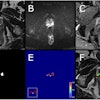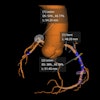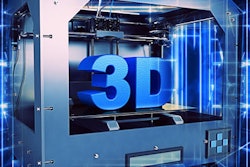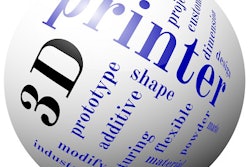
Leiden University researchers have used 3D printing to produce complex microswimmers and other complex structures that assist with the study of bacteria in water, according to an article posted on 2 November by 3D Printing Industry.
Artificial microswimmers, which often are sphere-shaped, consist of a very small device that propels itself without friction by surface treadmilling. They are employed in projects such as developing autonomous drug delivery devices to understand the motility of their biological counterparts in fluids. Typically, 3D printing has been limited to particles larger than 10 microns.
Spheres smaller than four microns in diameter were difficult to produce. When placed in water, the particles exhibited erratic and random fluidic movements, mimicking how smoke or steam move, the report continued.
The scientists have also created more sophisticated geometries, like the helical pasta-like screw 3D benchy, a type of model for testing and benchmarking 3D printers, which is reportedly the smallest to ever be 3D printed. It measures 30 microns across, which is about a third of the thickness of a single human hair, and features potholes and open cabins, showing how a 3D printer handles tasks such as bridging and overhangs.
Future studies are planned to improve the control and design of similar synthetic microswimmers to set the stage for applications in therapeutic diagnostics and drug delivery.



















